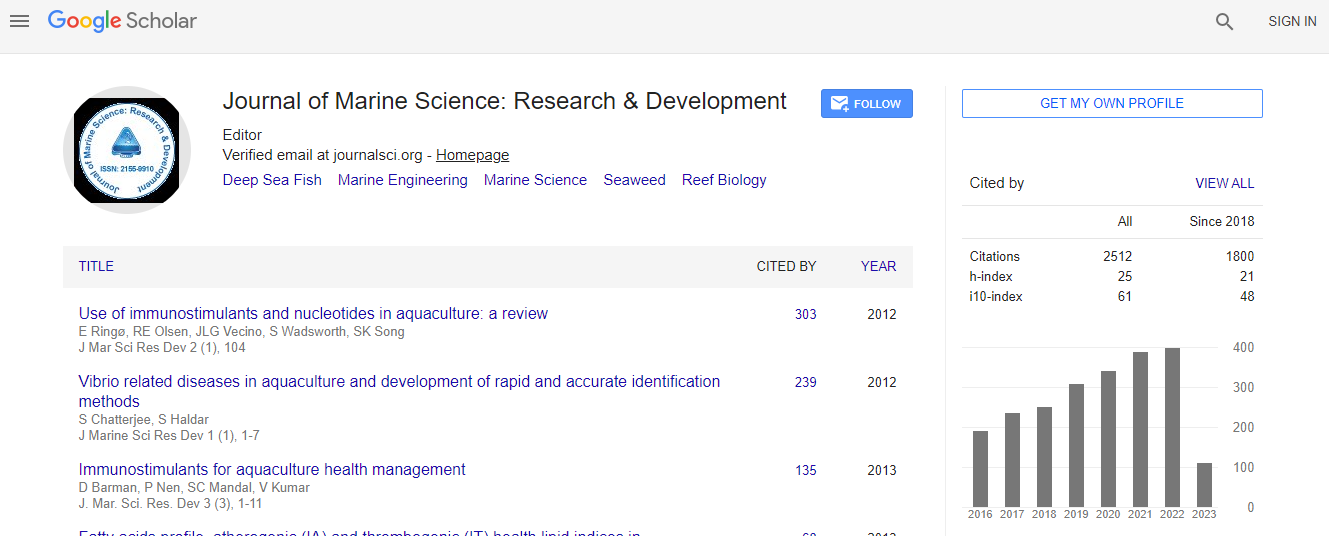Our Group organises 3000+ Global Conferenceseries Events every year across USA, Europe & Asia with support from 1000 more scientific Societies and Publishes 700+ Open Access Journals which contains over 50000 eminent personalities, reputed scientists as editorial board members.
Open Access Journals gaining more Readers and Citations
700 Journals and 15,000,000 Readers Each Journal is getting 25,000+ Readers
Google Scholar citation report
Citations : 3189
Indexed In
- CAS Source Index (CASSI)
- Index Copernicus
- Google Scholar
- Sherpa Romeo
- Open J Gate
- Genamics JournalSeek
- Academic Keys
- ResearchBible
- Ulrich's Periodicals Directory
- Electronic Journals Library
- RefSeek
- Directory of Research Journal Indexing (DRJI)
- Hamdard University
- EBSCO A-Z
- OCLC- WorldCat
- Scholarsteer
- SWB online catalog
- Virtual Library of Biology (vifabio)
- Publons
Useful Links
Recommended Journals
Related Subjects
Share This Page
Limitations of Shale Gas Assessment with specific example of Disang Shale in Upper Assam
4th International Conference on Oceanography & Marine Biology
Swapan Kumar Bhattacharya, D Majumdar, Pallab Chakravorty and Anupal Jyoti Dutta
K.D.M Chair Professor, Professor, Students, Dibrugarh University, India
Posters & Accepted Abstracts: J Marine Sci Res Dev
Abstract
Shale gas is remained trapped in shale due to failure of primary migration. Assessment of any shale gas potential is normally made using original S2 value calculated from the present day S2 values of the rock-eval analysis. The present day S2 itself has got technical limitation and to get the original S2 it is necessary to evaluate the original TOC which is also bound by many limitations. The technical limitation of S2 suggests available hydrocarbons above C24 composition cannot come as S1 thus increasing the amount of S2 although the cracked S2 amount may not be very high. Calculation of the original TOC value is also made by different methods. Jervy (2005) shown a calculation method using iso-decomposition and iso-original HI profiles. This method is limited to the fact that original HI can only be known once the original TOC is known. In this work attempt has been made to resolve all these technical issues but for Disang Shale the most important limitation is that no well is drilled to penetrate this shale. However huge exposures of this shale are available associated with Disang thurst. Attempt is made to evaluate outcrop Disang Shale samples to establish shale gas exploration possibilities which may further help for future limitations of such samples in all other basins.Biography
Email: swapan10@dibru.ac.in

 Spanish
Spanish  Chinese
Chinese  Russian
Russian  German
German  French
French  Japanese
Japanese  Portuguese
Portuguese  Hindi
Hindi 